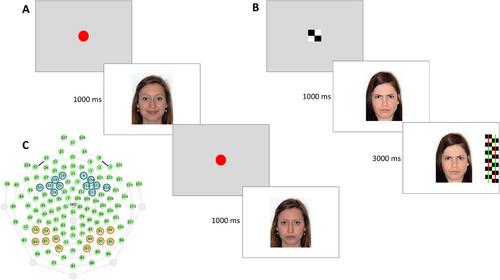Exploring Associations Between Infant Attachment, Maternal Sensitivity, and Attention to Maternal Emotion Expressions
Abstract
Recent studies have indicated that patterns of infant-caregiver attachment are associated with differences in infants’ processing of social signals of emotion, such as facial expressions. In the current longitudinal study we extended this line of research to social signals of actual attachment figures by investigating whether 7-month-old infants’ neural and attentional responses to their mother's angry and happy facial expressions are associated with infants’ attachment security to the mother at 12 months of age. At 7 months (n = 88), we measured event-related potentials (ERP) to the mother's angry and happy faces and attention dwell times to the mother's and a stranger's angry and happy faces, and maternal sensitivity was assessed during free play. At 12 months (n = 69), infant attachment was assessed with the Strange Situation procedure. In infants who were later classified as having secure attachment, the Nc ERP component indexing attention allocation was larger to maternal happy than angry expressions, whereas no difference in Nc amplitudes to maternal facial expressions was observed in infants with later insecure attachment. We speculate that this may indicate greater approach motivation triggered by the reward value of happy faces in securely attached infants through repeated experiences of positive interaction with the caregiver.
Summary
- Studies have indicated that different patterns of infant-caregiver attachment are associated with infants’ processing of emotion expressions.
- We investigated whether infants’ attachment security is related to attentional and neural responses to their mother's facial expressions.
- Infants with secure attachment displayed larger attention-related brain responses to their mother's happy than angry faces, no difference was found in insecurely attached infants.
- This may indicate greater reward value associated with happy faces in securely attached infants through repeated experiences of positive interaction with the caregiver.


 求助内容:
求助内容: 应助结果提醒方式:
应助结果提醒方式:


